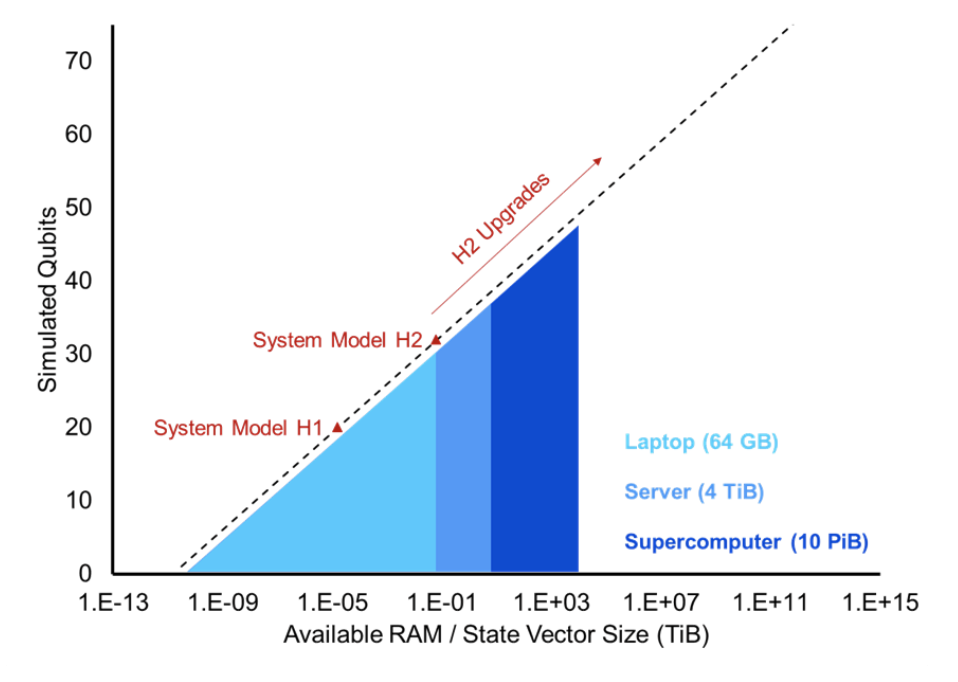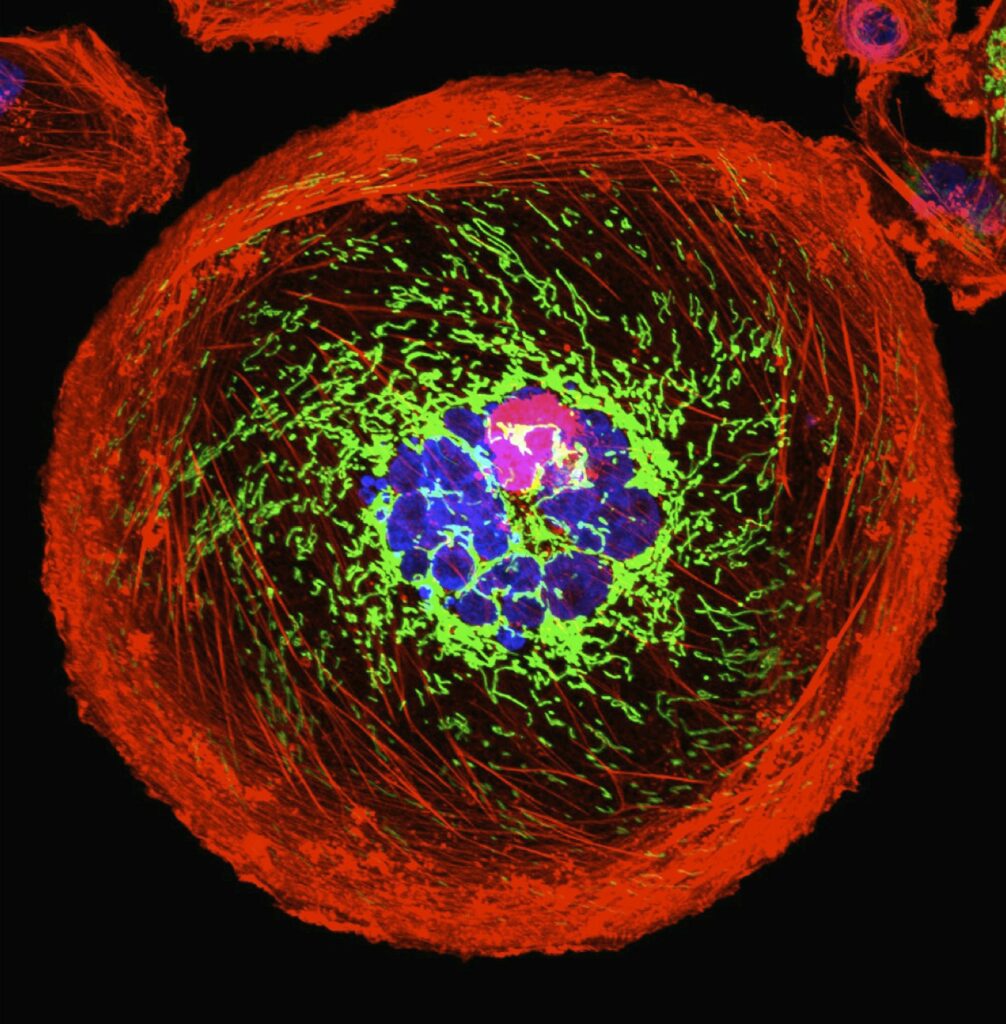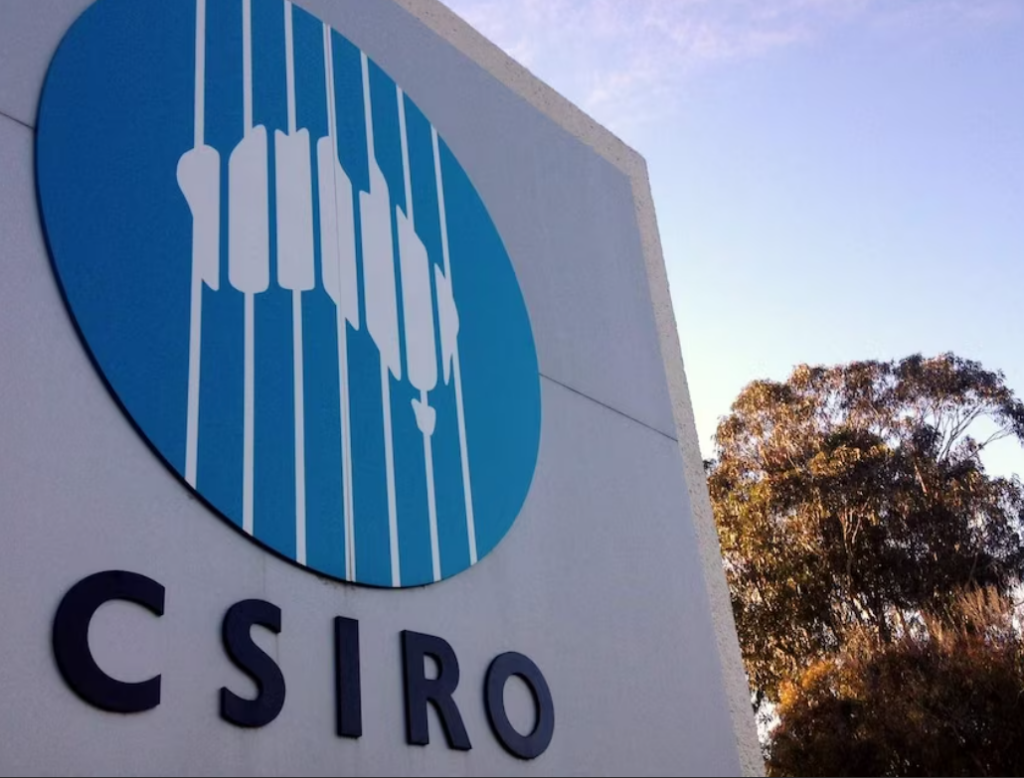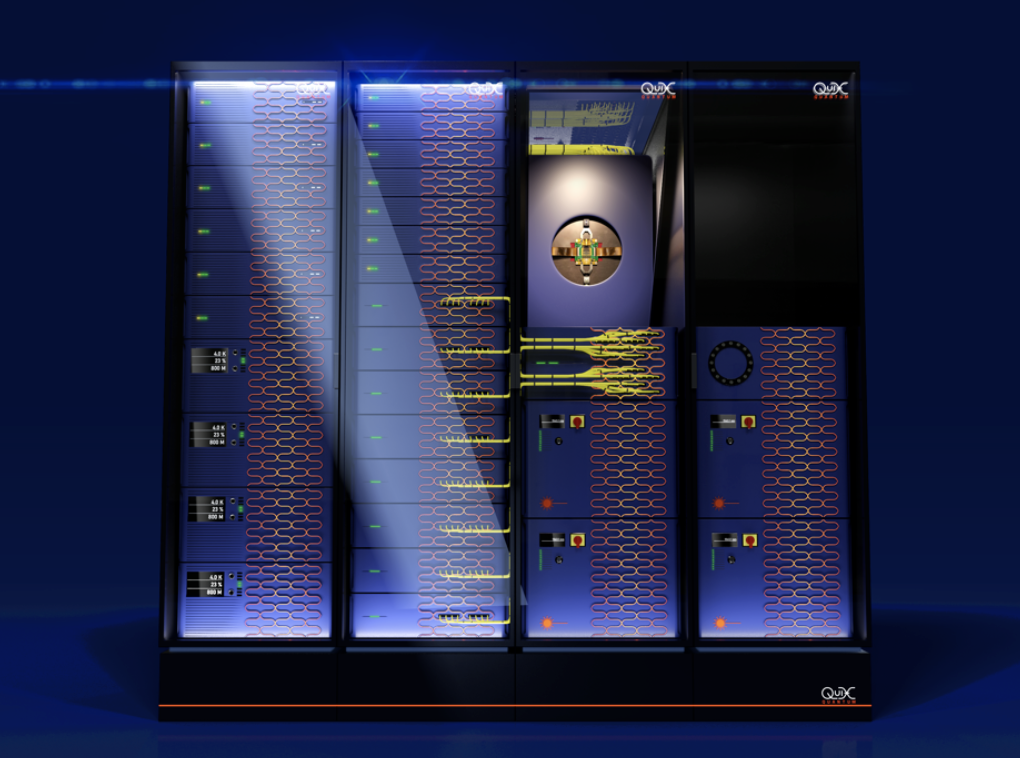Insider Brief
- Researchers report Quantinuum’s System Model H2 surpasses the H1 in complexity and qubit capacity while maintaining all the capabilities and fidelities of the previous generation.
- The newest entry in the H-Series is starting off with 32 qubits whereas H1 started with 10.
- Data also shows that none of these hardware changes reduced the high-performance levels achieved by the System Model H.
Quantinuum’s new H2-1 quantum computer proves that trapped-ion architecture, which is well-known for achieving outstanding qubit quality and gate fidelity, is also built for scale – and Quantinuum’s benchmarking team has the data to prove it.
The bottom line: the new System Model H2 surpasses the H1 in complexity and qubit capacity while maintaining all the capabilities and fidelities of the previous generation – an astounding accomplishment when developing successive generations of quantum systems.
The newest entry in the H-Series is starting off with 32 qubits whereas H1 started with 10. H1 underwent several upgrades, ultimately reaching a 20 qubit capacity, and H2 is poised to pick up the torch and run with it. Staying true to the ultimate goal of increasing performance, H2 does not simply increase the qubit count but has already achieved a higher Quantum Volume than any other quantum computer ever built: 216 or 65,536.
Most importantly for the growing number of industrials and academic research institutions using the H-Series, benchmarking data shows that none of these hardware changes reduced the high-performance levels achieved by the System Model H1. That’s a key challenge in scaling quantum computers – preserving performance while adding qubits. The error rate on the fully connected circuits is comparable to the H1, even with a significant increase in qubits. Indeed, H2 exceeds H1 in multiple performance metrics: single-qubit gate error, two-qubit gate error, measurement cross talk and SPAM.

Key to the engineering advances made in the second-generation H-Series quantum computer are reductions in the physical resources required per qubit. To get the most out of the quantum charge-coupled device (QCCD) architecture, which the H-Series is built on, the hardware team at Quantinuum introduced a series of component innovations, to eliminate some performance limitations of the first generation in areas such as ion-loading, voltage sources, and delivering high-precision radio signals to control and manipulate ions.
The research paper, “A Race Track Trapped-Ion Quantum Processor,” details all of these engineering advances, and exactly what impacts they have on the computing performance of the machine. The paper includes results from component and system-level benchmarking tests that document the new machine’s capabilities at launch. These benchmarking metrics, combined with the company’s advances in topological qubits, represent a new phase of quantum computing.
In addition to the expanded capabilities, the new design provides operational efficiencies and a clear growth path.
At launch, H2’s operations can still be emulated classically. However, Quantinuum released H2 at a small percentage of its full capacity. This new machine has the ability to upgrade to more qubits and gate zones, pushing it past the level where classical computers can hope to keep up.
Increased Efficiency in New Trap Design
This new generation quantum processor represents the first major trap upgrade in the H-Series. One of the most significant changes is the new oval (or racetrack) shape of the ion trap itself, which allows for a more efficient use of space and electrical control signals.
One key engineering challenge presented by this new design was the ability to route signals beneath the top metal layer of the trap. The hardware team addressed this by using radiofrequency (RF) tunnels. These tunnels allow inner and outer voltage electrodes to be implemented without being directly connected on the top surface of the trap, which is the key to making truly two-dimensional traps that will greatly increase the computational speed of these machines.
The new trap also features voltage “broadcasting,” which saves control signals by tying multiple DC electrodes within the trap to the same external signal. This is accomplished in “conveyor belt” regions on each side of the trap where ions are stored, improving electrode control efficiency by requiring only three voltage signals for 20 wells on each side of the trap.
The other significant component of H2 is the Magneto Optical Trap (MOT) which replaces the effusive atomic oven that H1 used. The MOT reduces the startup time for H2 by cooling the neutral atoms before shooting them at the trap, which will be crucial for very large machines that use large numbers of qubits.
Industry-leading Results from 15 Benchmarking Tests
Quantinuum has always valued transparency and supported its performance claims with publicly available data.
To quantify the impact of these hardware and design improvements, Quantinuum ran 15 tests that measured component operations, overall system performance and application performance. The complete results from the tests are included in the new research paper.
The hardware team ran four system-level benchmark tests that included more complex, multi-qubit circuits to give a broader picture of overall performance. These tests were:
- Mirror benchmarking: A scalable way to benchmark arbitrary quantum circuits.
- Quantum volume: A popular system-level test with a well-established construction that is comparable across gate-based quantum computers.
- Random circuit sampling: A computational task of sampling the output distributions of random quantum circuits.
- Entanglement certification in Greenberger-Horne-Zeilinger (GHZ) states: A demanding test of qubit coherence that is widely measured and reported across a variety of quantum hardware.
H2 showed state-of-the-art performance on each of these system-level tests, but the results of the GHZ test were particularly impressive. The verification of the globally entangled GHZ state requires a relatively high fidelity, which becomes harder and harder to achieve with larger numbers of qubits.
With H2’s 32 qubits and precision control of the environment in the ion trap, Quantinuum researchers were able to achieve an entangled state of 32 qubits with a fidelity of 82.0(7)%, setting a new world record.
In addition to the system level tests, the Quantinuum hardware team ran these component benchmark tests:
- SPAM experiment
- Single-qubit gate randomized benchmarking
- Two-qubit gate randomized benchmarking
- Two-qubit SU gate randomized benchmarking RB
- Two-qubit parameterized gate randomized benchmarking
- Measurement/reset crosstalk benchmarking
- Interleaved transport randomized benchmarking
The paper includes results from those tests as well as results from these application benchmarks:
- Hamiltonian simulation
- Quantum Approximate Optimization Algorithm
- Error correction: repetition code
- Holographic quantum dynamics simulation
H2 data sheets are available on GitHub here: https://github.com/CQCL/quantinuum-hardware-specifications
If you found this article to be informative, you can explore more current quantum news here, exclusives, interviews, and podcasts.




















